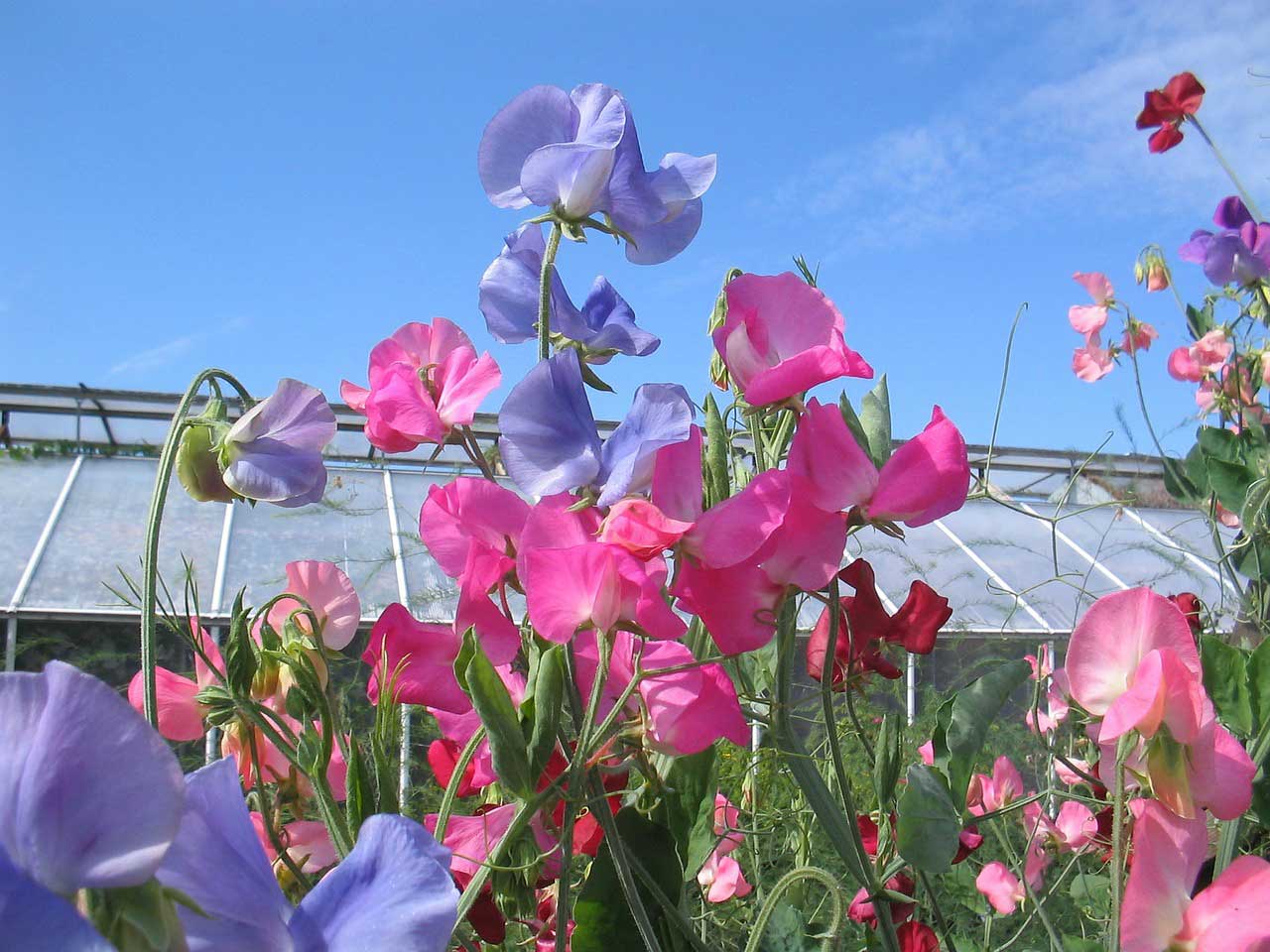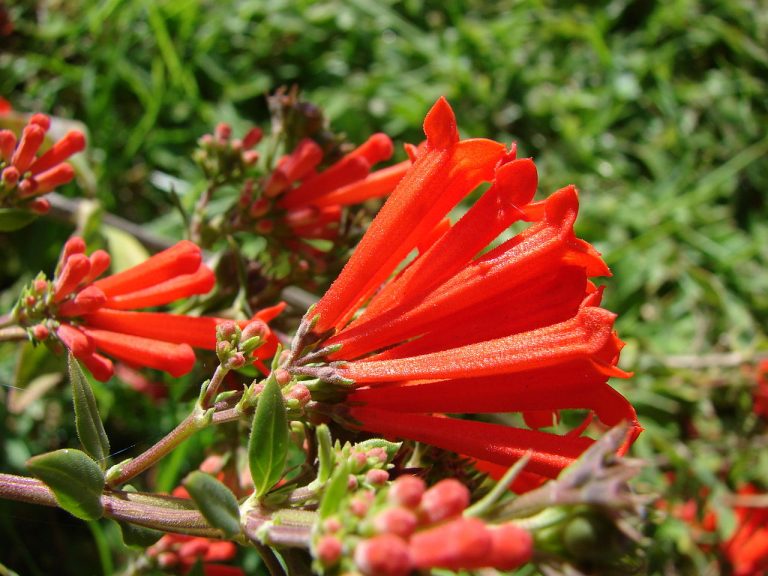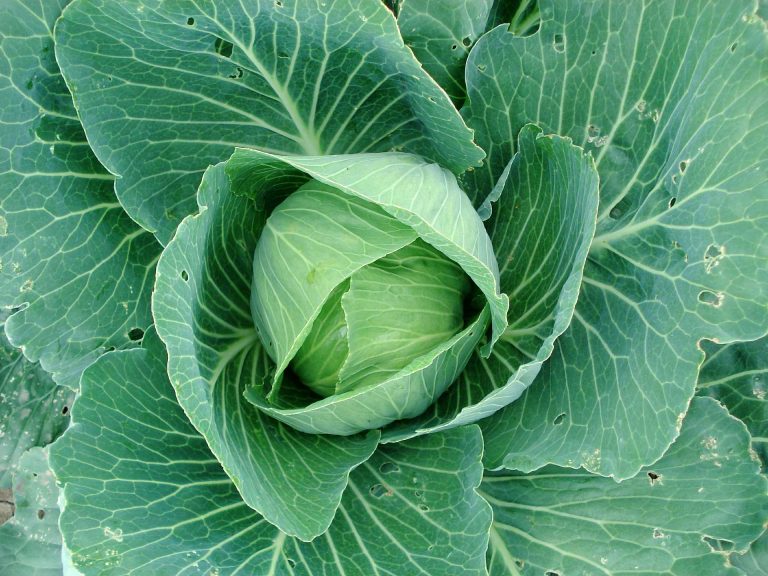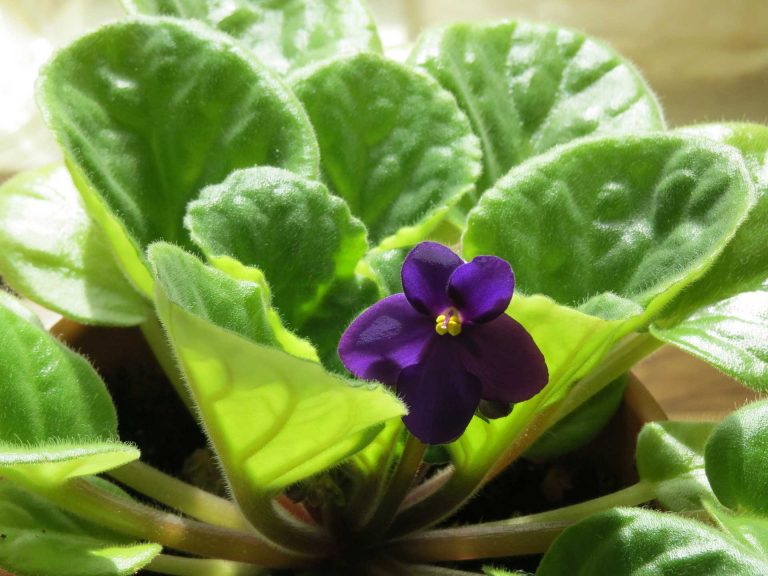Sweet Pea Flowers – From the Southern Part of Italy
Scientific Classification
| Kingdom: | Plantae |
| (unranked): | Angiosperms |
| (unranked): | Eudicots |
| (unranked): | Rosids |
| Order: | Fabales |
| Family: | Fabaceae |
| Subfamily: | Faboideae |
| Tribe: | Vicieae |
| Genus: | Lathyrus |
| Species: | L. odoratus |
| Binomial name: | Lathyrus odoratus |
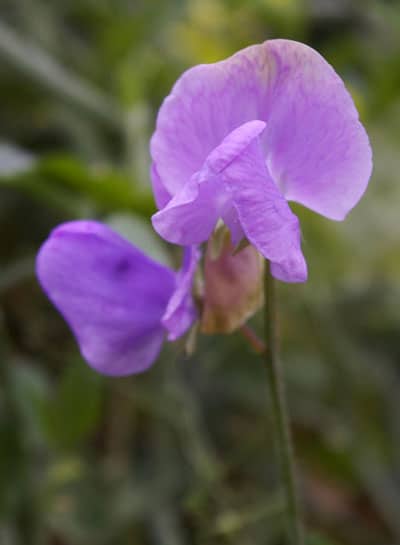
Photo by: Christine Matthews
The flowering plant Sweet pea (Lathyrus odoratus) is a species of Lathyrus, belonging to the family Fabaceae (legumes), which is an inhabitant of Sicily, at the Aegean island and southern part of Italy.
Anatomy
This plant is a yearly flowering one, and grows to a height of 1 to 2 meters (about 6 ‘ 6”), at places where they can find convenient support. The pinnate leaves have two leaflets and a tendril at the end, which twists around constructions and supporting plants serving as a support for the sweet pea to climb. The flowers are purple in color and 2 to 3.5 cm wide. In a majority of the cultivation, you see them in a variety of colors.
Summary
| Plant type: | Flower |
| Sun exposure: | Full Sun |
| Soil type: | Alkaline/Basic |
| Flower color: | Red, Yellow, Pink, Purple, Blue, White |
How to cultivate Domestically
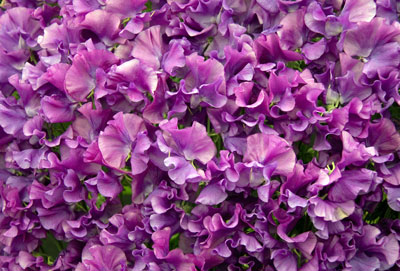
Photo by: Tony Hisgett
Preparation for Planting
Before you plant sweet peas, make a luxurious mixture of soil containing well- decomposed manure and large quantity of compost and fill in a plant bed of depth 2 feet. Dig a fine hole to a depth of 4 inches, take a pencil and prepare holes into which you place the seeds and depress the soil for firmness, protecting it from light. Prior to sowing the seeds, soak them in water for a day (24 hours). For speedy sprouting, nick the seeds using a nail file. Temperature is not an important criterion while soaking the seeds.
Planting
The success of growing sweet pea flowers lies in sowing them in early zone 7 or even colder; plant them in early spring or late winter when the soil is sufficiently dry for working on it . (Never wait for frost) When it is very cold, take advantage of the season and begin planting sweet peas indoors into jiffy pots or six-packs Keep the seedlings to harden for a minimum period of one week, then place them out in the garden, when the soil is workable. In case you plan to make a garden towards the end of winter (Zone 8, 9, or 10), then plant them towards the later part so as to bloom in winter end and the beginning of spring.
Placement and Watering
Sweet pea flowers flourish when you bury their roots deep in the cool and damp soil and their heads are facing the sun. In order to give shade to their roots, plant low-growing plants around them. Select a site where drainage is perfect. The best soil is alkaline soil. If you feel your soil is acidic, sprinkle a little pulverized lime on the surface.
After Bloom Care
Frequently trim the blooms and get rid of the faded sweet pea flowers immediately. Facilitate the plants to bear seed pods to restrict too much flowering. Getting rid of the fallen flowers provides better blooms. Never plant sweet peas where many legumes grew the previous year or are growing.
As Cut Flower
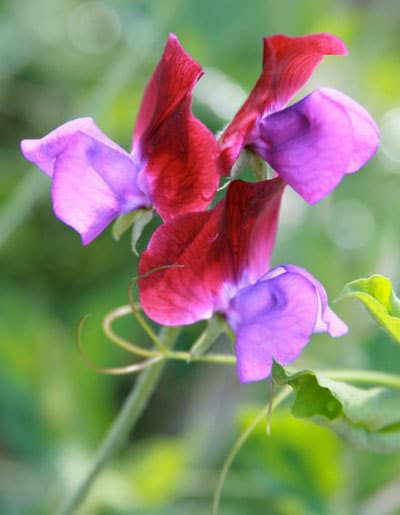
Sweet pea flowers have a pleasurable lovable aroma, an attractive color and grow fast, for which reason, they have gained popularity as a garden plant. If you are thinking of taking some sweet pea flowers in your home, for it to last longer in your flower vase, follow a few guidelines.
Pick Sweet Pea Flowers Early
Pick the sweet pea flowers that you want for indoor display before the flowers are fully open. According to some suggestions, wait till the last blossom of the stem begins to sprout.
Burn the Stems
Expose the end of the stems to a flame ( a candle is best) or dip their ends in boiling water for a few minutes.
Place in a Vase
Fill the vase with cold water till its neck and place the stems of the sweet peas flower upright in it.

Having discovered a fondness for insects while pursuing her degree in Biology, Randi Jones was quite bugged to know that people usually dismissed these little creatures as “creepy-crawlies”.

